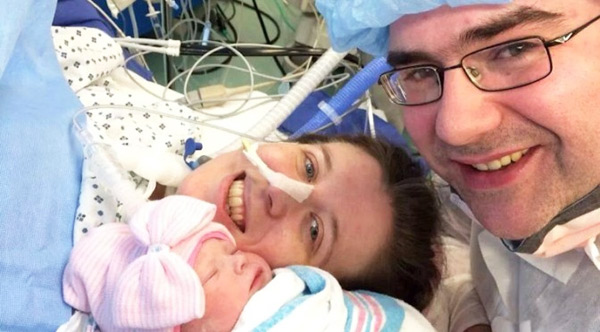 Lou Gehrig’s disease, also known as amyotrophic lateral sclerosis, or ALS, attacks muscle-controlling nerve cells — motor neurons — in the brain, brainstem and spinal cord, leading to progressive weakness and eventual paralysis of muscles throughout the body. Patients typically survive only three to five years after diagnosis.
Lou Gehrig’s disease, also known as amyotrophic lateral sclerosis, or ALS, attacks muscle-controlling nerve cells — motor neurons — in the brain, brainstem and spinal cord, leading to progressive weakness and eventual paralysis of muscles throughout the body. Patients typically survive only three to five years after diagnosis.
Now, with publication of a study by investigators at the Cedars-Sinai Board of Governors Regenerative Medicine Institute, ALS researchers know the effects of the attack are worsened, at least in part, by the aging and failure of support cells called astrocytes, which normally provide nutrients, housekeeping, structure and other forms of assistance for neurons.
Earlier studies suggested the possible involvement of these support cells in ALS development and progression, but the new research is believed to be the first to directly measure the effects of aging on the ability of astrocytes to sustain motor neurons. Results are published online in Neurobiology of Aging.
The Cedars-Sinai researchers first tried to repeat previous studies showing that astrocytes from laboratory animals with an ALS mutation failed to support normal motor neurons. They were surprised to find that very young ALS astrocytes were supportive, but ALS astrocytes from older animals were not. More surprisingly, it wasn’t just diseased astrocytes that were affected by age. The scientists discovered — and reported for the first time — that even normal aging of astrocytes reduces their ability to support motor neurons.
“Aging astrocytes lose their ability to support motor neurons in general, and they clearly fail to help those attacked by ALS,” said Clive Svendsen, PhD, professor and director of the Board of Governors Regenerative Medicine Institute, the article’s senior author.
He said old astrocytes and ALS-affected astrocytes have lower death rates in the petri dish than younger ones — they seem to hang around longer and accumulate. But while older astrocytes and those with the ALS mutation live longer, they appear to have significant damage to their DNA. Instead of being cleared away for replacement by new, healthy cells, the old, defective cells become useless clutter, producing chemicals that cause harmful inflammation. The process is accelerated in ALS astrocytes.
“Our findings have implications for scientists studying neurodegenerative diseases like ALS and Alzheimer’s and the aging process in general. In younger animals modeling ALS and in older ‘normal’ animals, the accumulations of defective astrocytes in the nervous system look similar,” said Melanie Das, PhD, a student in the Cedars-Sinai Graduate Program in Biomedical Science and Translational Medicine, the article’s first author.
After establishing the effects of aging on astrocytes, the researchers took another step — evaluating the potential therapeutic effects of a specially engineered protein.
“We found that by culturing aging astrocytes and those harboring the ALS mutation with a neuron-protective protein called GDNF, we could increase motor neuron survival. We already knew that GDNF was protective directly on motor neurons, but we believe this is the first time that the delivery of GDNF has been shown to have a direct beneficial effect on astrocytes, perhaps resetting their aging clock, which ultimately benefits neurons,” Svendsen said.
Svendsen and scientists in his laboratory have studied GDNF extensively, devising experimental methods to restore beneficial levels in the brain and spinal cord — where the disease originates — and in muscles, at the point where nerve fibers connect with muscle fibers to stimulate muscle action. Several large GDNF-related research projects taking shape at Cedars-Sinai are funded by the California Institute for Regenerative Medicine.
“Our major CIRM-funded programs, aimed at engineering young stem cell-derived astrocytes to secrete GDNF, then transplanting those cells back into patients, take on even greater importance, given this aging phenomenon,” said Svendsen, the Kerry and Simone Vickar Family Foundation Distinguished Chair in Regenerative Medicine. The study done by Cedars-Sinai Medical Center.